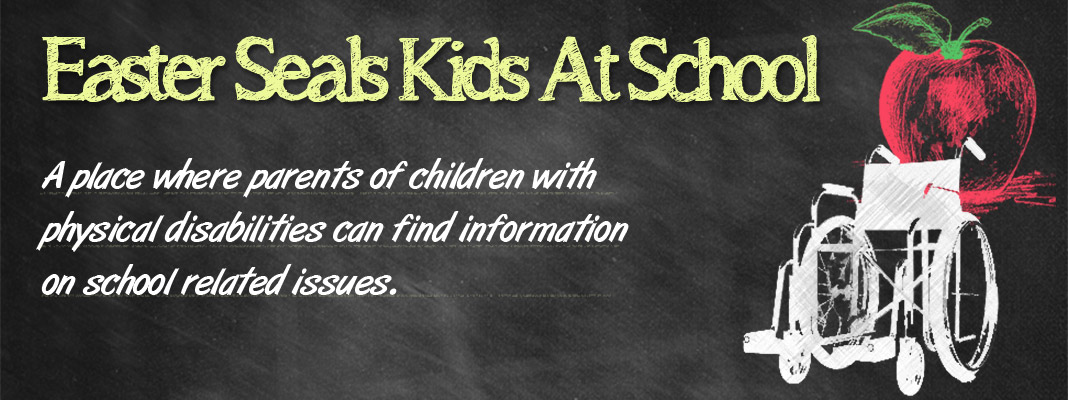Note: This information is also available in Farsi, Punjabi, Simplified Chinese and Spanish:
farsi-tips-on-helping-child-with-transitions_rev_2016
punjabi-tips-on-helping-children-with-transitions_rev_2016
simplified-chinese-tips-on-helping-your-child-with-transitions_rev_2016
spanish-tips-on-helping-your-child-with-transitions_rev_2016
Children and their families can find it difficult to transition to a new school or class. Try these tips to make the process easier for everyone.
Tip 1 – Give Extra Attention:
- Be positive and upbeat about the new class or school. Parents’ moods and attitudes can greatly affect children
- Talk to your child about the new school or class and provide as much detail as they want
- Answer questions and respond to your child honestly. Talk about the things that may be exciting as well as those that may be worrying to your child.
- Involve your child in the plans and let them practice things they will need to do, such as sitting quietly, or dressing themselves
Tip 2 – Practice Going to School:
- Use books and stories to explain the start of school and what will happen at school
- Use pretend play, toys or puppets, to practice using the school bus, or being in the classroom
- Visit the school and playground as many times as possible before the start of school
- Practice using the school bus (Ask at the school or child care centre about any planned activities related to using the bus.)
Tip 3 – Helping Older Children and Teens with Transitions:
- Listen to your child or teen.
- Respect their ideas and feelings about the upcoming change.
- Encourage your child to identify alternatives, as well as the pros and cons of each option.
- Invite your child to participate in discussions and attend meetings.
- Help your child share their opinions and participate in decision-making.
Tip 4 – Be Realistic:
- Set realistic expectations about the transition. Generally, teachers expect new children to feel comfortable in their classes in about 6 weeks. Some children need less time; others might need more.
